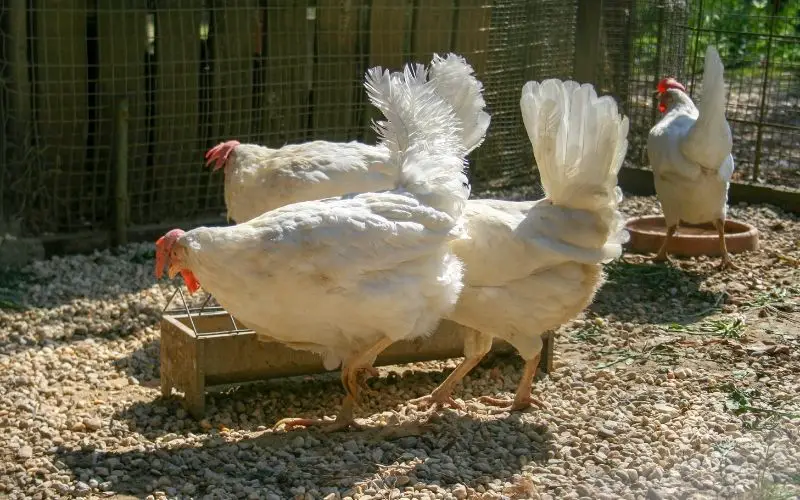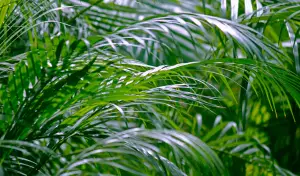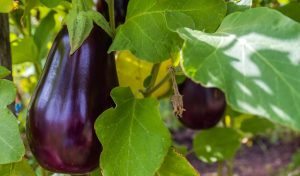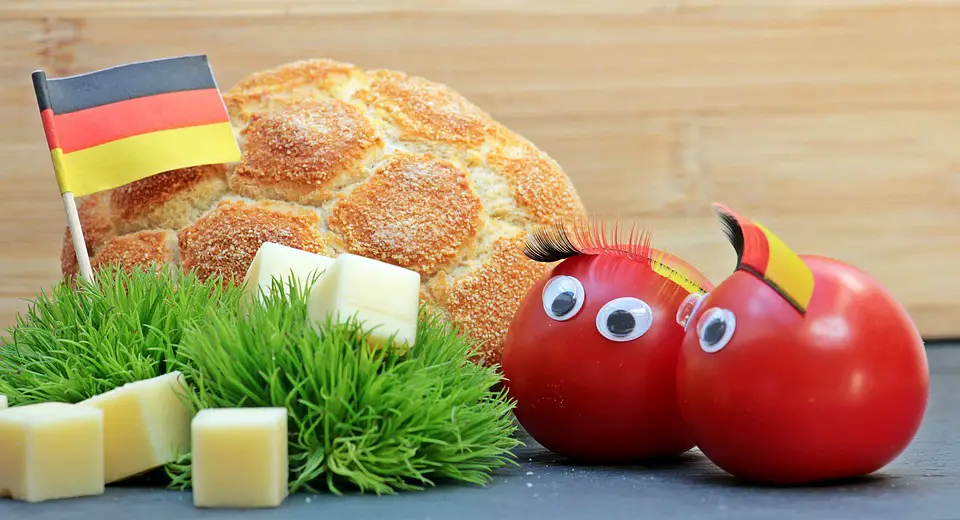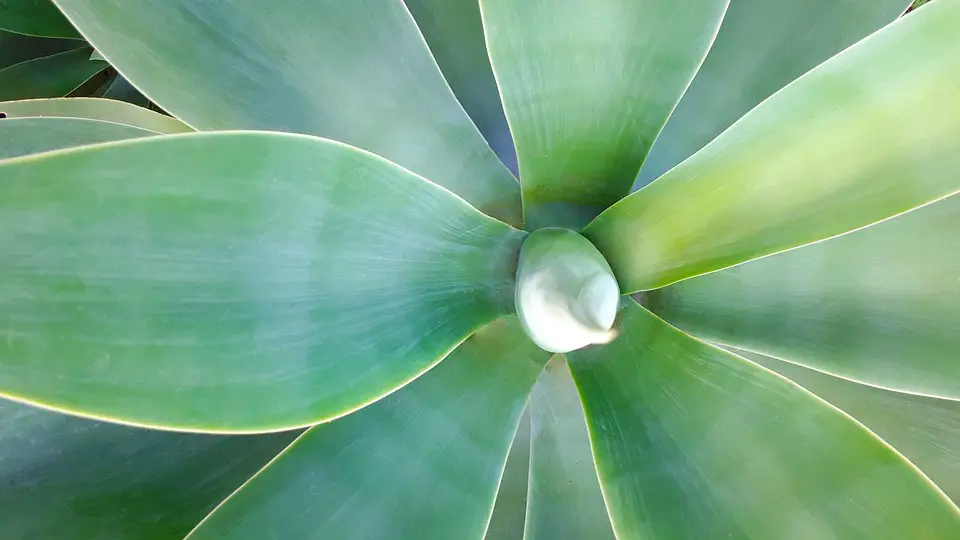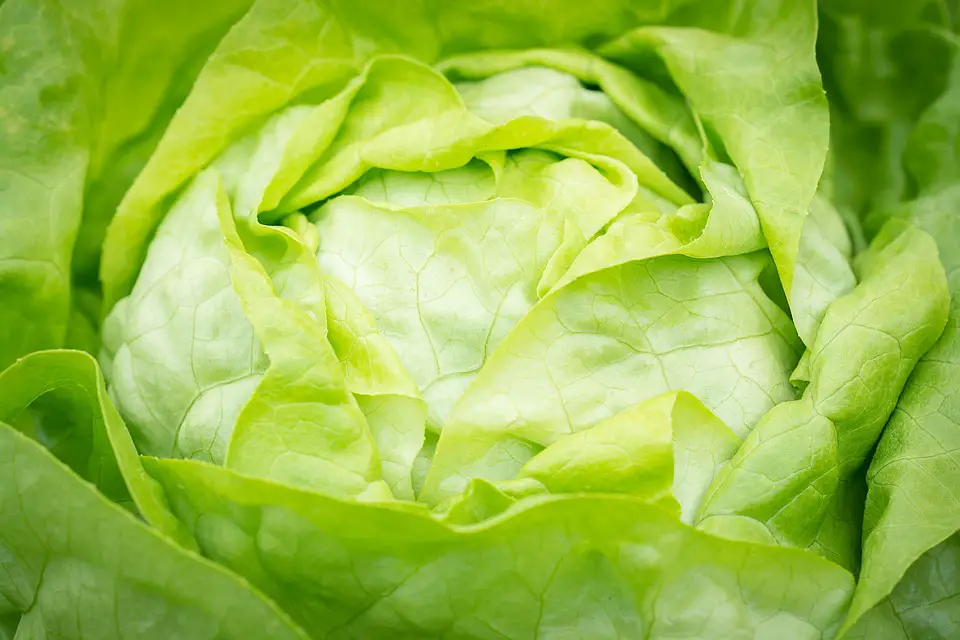Most new owners of chickens are aware that their hens can enjoy a varied diet which can include a whole range of foods from purpose hen feeds to household scraps.
But, to be safe and not harm your birds, what can chickens eat?
The most common and convenient food for chickens is that of specially formed pellets that contain all of the proteins and nutrients that chickens need for good egg production, growth and health. Chickens can also eat grains, insects and household scraps.
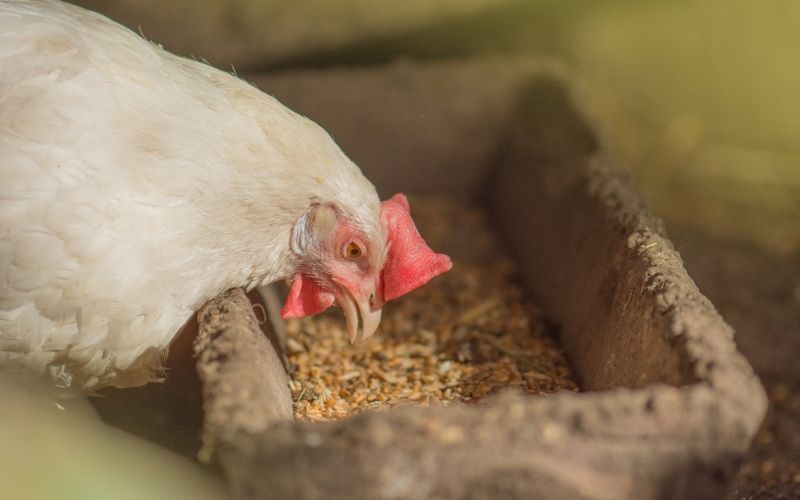
Types of chicken foods
Commercially produced chicken food comes in a range of forms:
- Meal
- Mash
- Pellets and crumbs
- Grains
Regardless of the choice of feed that you make for your chickens you should always feed a formulated food to ensure that your hens get all of the necessary nutrition that they require.
Feeding a proper chicken feed will result in good growth, healthy birds and good and reliable egg production.
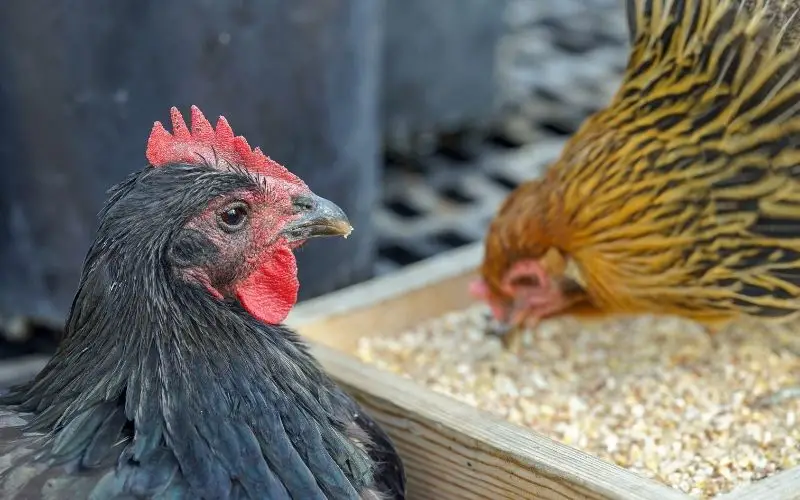
Chicken meal and mash
Chicken meal is a fine textured chicken food that comes straight from the mixer at the production mill.
This is a very fine meal which takes the birds longer to pick up and eat, it reduces boredom in chickens as they are occupied with picking through the meal. This makes them less likely to fight, pick each other’s feathers and other things.
Chicken meal can have a tendency to get onto the floor and get mixed in with bedding and soil, this is due to the birds flicking through it, for the best bits, and the rest can end up on the floor.
Chicken mash is a mixture of grain and nutrients that comes in different forms based on the age of the chickens.
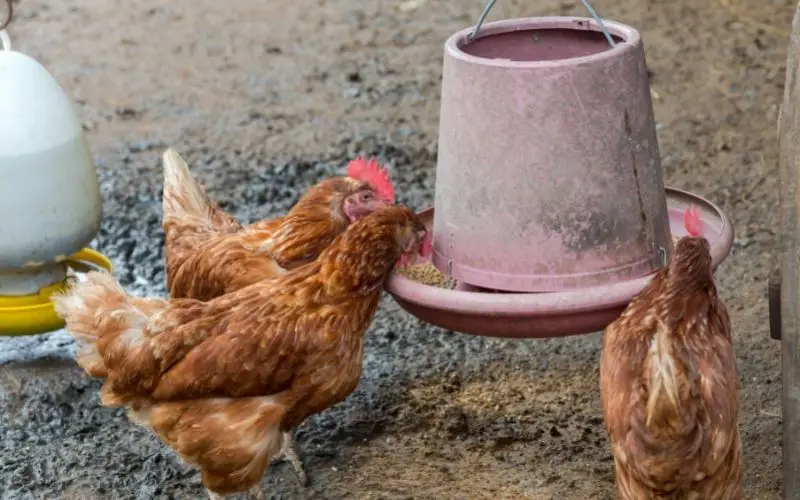
Young chickens will need a mash that is higher in protein than older birds and chickens that are being used to lay eggs will need a layer’s mash which contains the necessary nutrients to support healthy egg production.
The advantage of mash is that this food is built around the development and needs of the bird and you can change mash to suit your chickens.
The key disadvantage is that changes have to be made gradually so that you do not upset your hens.
- Non-GMO, all-natural, antibiotic-free, non-medicated, and gluten-free
- Egg Layer formula chicken feed
- 16% (Min.) protein for chickens 16-18 weeks of age or older (full maturity)
- High-quality, balanced nutrition, and easier to digest for layer hens
- Grown, milled, and packaged in the USA
Pellets and crumbs
Pellets are one of the most common chicken feeds and are often widely available. Pellets are generally used for layers ( for eggs ) and to feed growers ( for meat ).
When the mash is produced at the mill, it is passed through a machine which ‘steam’s the mash, making it into a paste, this paste is then forced through a sieve type device which turns the paste into pellets.
Crumbs are pellets that have been broken up into smaller pieces or simply ‘crumbs’.
The key advantage of pellets and crumbs is that they are easy to handle and less messy than mash and meal, and you generally get less wastage.
Overall pellets and crumbs tend to be more expensive than mash and meal due to the extra processing.
- Complete feed for baby and growing chickens. Start using when feeding chicks the first day of age.
- Crumbles lessen wasted and separating feed versus a mash feed
- Formulated to keep a focus on Health and Longevity. Not made with least-cost feeds nor for minimum nutrient needs
- Feed has great aromas to keep your hen’s appetite strong. Hens will have a healthy appearance with bright feathers
Grains as chicken feed
Grains have been fed to chickens throughout history and many keepers continue to feed grains to their birds.
The most common grain is a mixture simply called ‘Modern mixed corn‘. This is often a mixture of wheat, maize, oats and barley. Many suppliers often add some form of vegetable oil to increase protein levels.
Although chickens enjoy grains, many such as oats and barley are not loved by hens and, if you do decide to feed grains then the best option is to feed them alongside pellets to make sure that your hens get everything that they need.
The other key disadvantage with grains is that they tend to be more costly than commercially produced hen feeds.
Feeding household scraps to chickens
Chickens can also eat some household food scraps but there are some things to be aware of before you do use your kitchen waste as chicken feed.
You should always boil all vegetable peelings before feeding them to your hens and you should not feed any form of meat or fish scraps to your hens.
The reason for this is to prevent and chance of passing diseases onto your birds which could then find it’s way into the food chain.
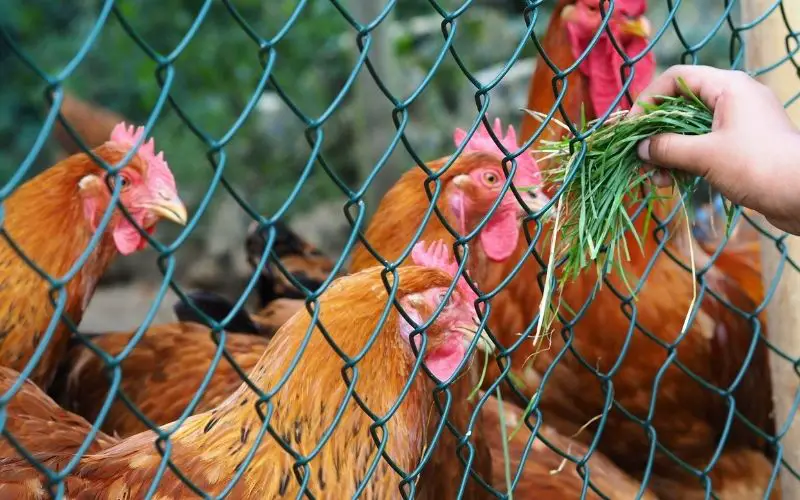
By boiling vegetable peelings you can mash them up to create a food that hens can eat safely. You can mash stale bread into it to bulk it up and add variety.
However, although this is a good way to recycle your waste if you use this as the only source of food for your chickens then you will not get good levels of egg production – best to use this alongside commercially produced chicken food.
You can also use the stalks from tough, green vegetables, such as sprouts, cabbages, cauliflowers and broccoli for your hens.
Hang them up so that they are just above ground level and your hens will enjoy pecking at them.
When they have finished, split the stalks in half and rehang them, the birds will then finish them off.
To sum up – what can chickens eat?
There is a variety of foods that are suitable for chickens and your birds will enjoy all of them.
The best foods to give to your chickens, for best results, are the commercially produced hen feeds that contain all of the proteins, vitamins and minerals that are necessary for good health, egg production and growth.
Household scraps can also be fed but should not make up the main part of a chicken’s diet.

